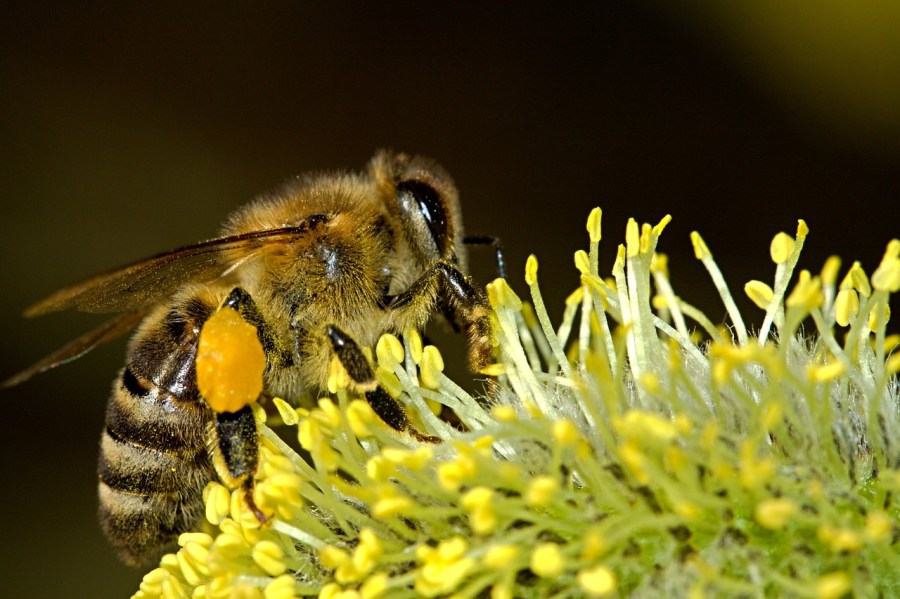
When you’re stung by a bee, a venomous toxin is left from its stinger. Some people have mild reactions to a bee sting, such as temporary pain, swelling and redness. Others, however, have severe allergic reactions to a bee sting. Swelling and itching are two of them, as well as nausea and vomiting, dizziness, difficulty breathing, pale skin, hives, a rapid pulse, diarrhea and even a loss of consciousness.
If you aren’t showing any serious symptoms, there are home remedies available to help ease pain from bee stings.
Ice or a Cold Compress
Place ice wrapped in a cloth or a cold compress against the sting site to reduce the swelling and pain. Be sure to wash the sting site first though to get rid of any residual venom.
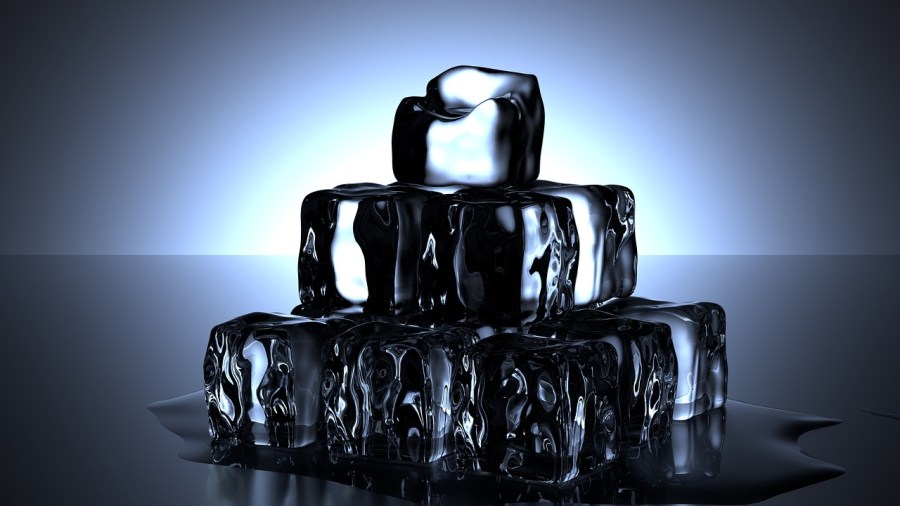
Anti-Inflammatories
Anti-inflammatories can also be bought over the counter. These tablets, such as Advil or Motrin, are ideal for reducing swelling and pain.
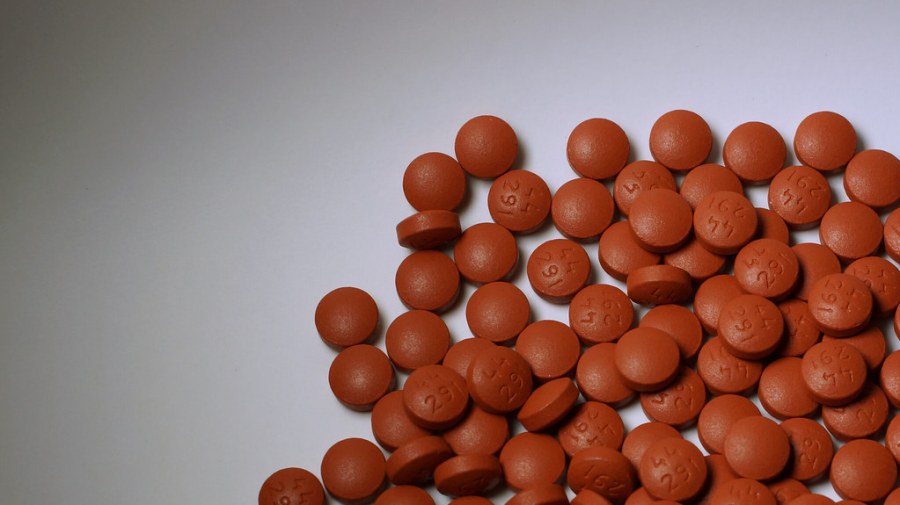
Antihistamines
This oral medication is usually sufficient to provide effective sting relief. Take oral antihistamines to help reduce redness and itching.
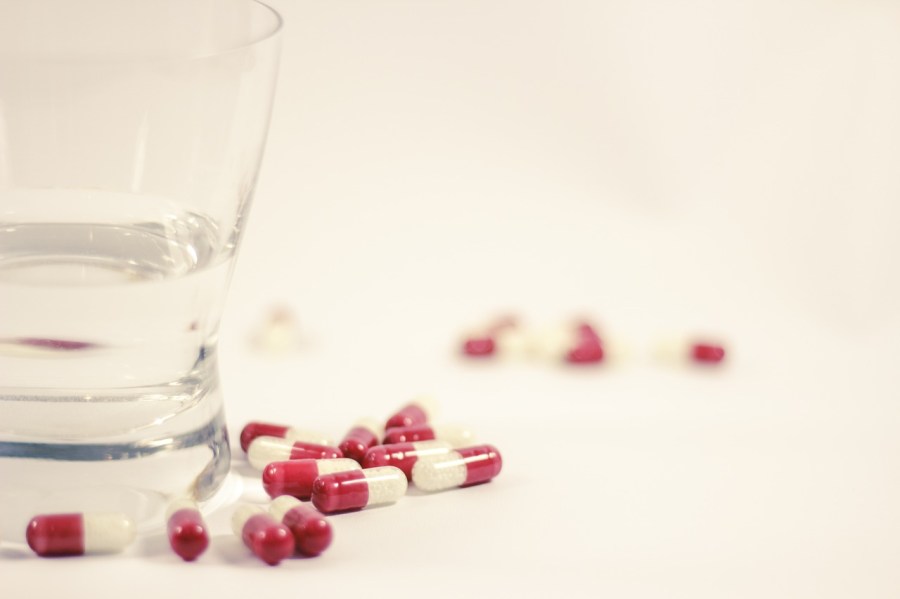
Hydrocortisone Cream
You can buy a hydrocortisone cream over the counter. This will help to reduce the swelling and redness around the sting while relieving the pain and itching.
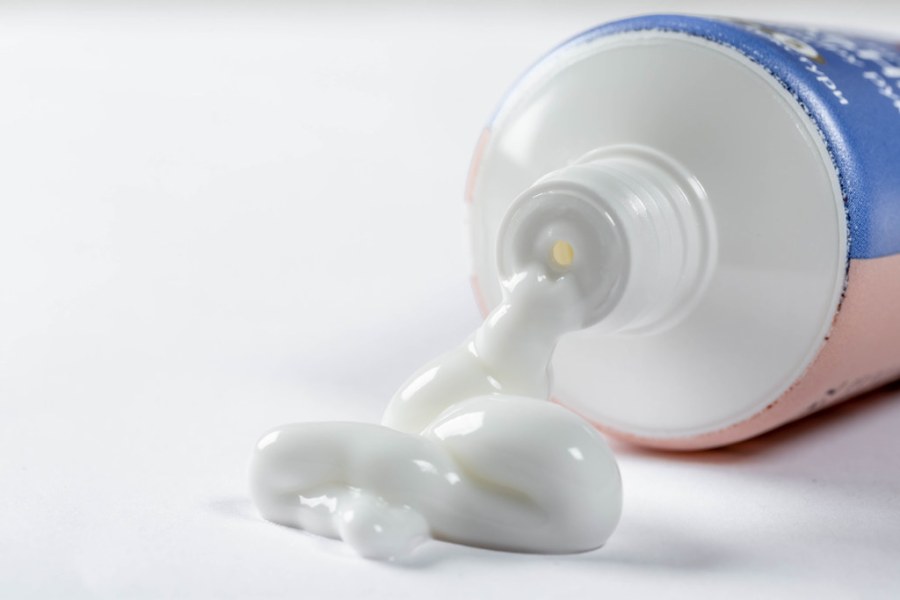
Honey
The natural antibacterial ingredients in honey contain medicinal properties, reduce swelling, speed healing and fight against infection. Put a small amount of honey over the sting area, loosely cover it with a bandage and leave it for an hour.
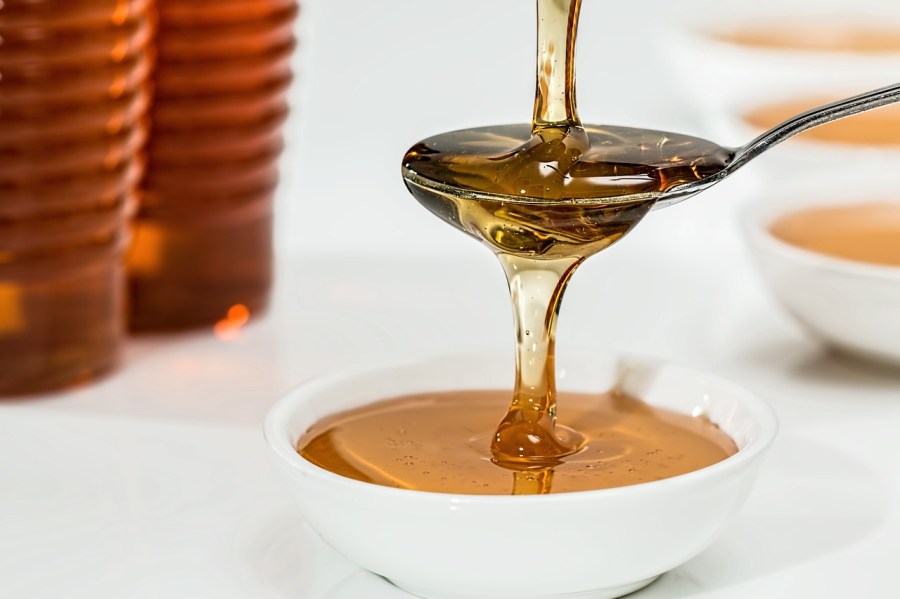
Baking Soda
A mixture of baking soda and water can neutralize the venom. This helps reduce the swelling, itching and pain. Simply spread the paste over the sting area, cover it with a bandage and leave it for at least 15 minutes.
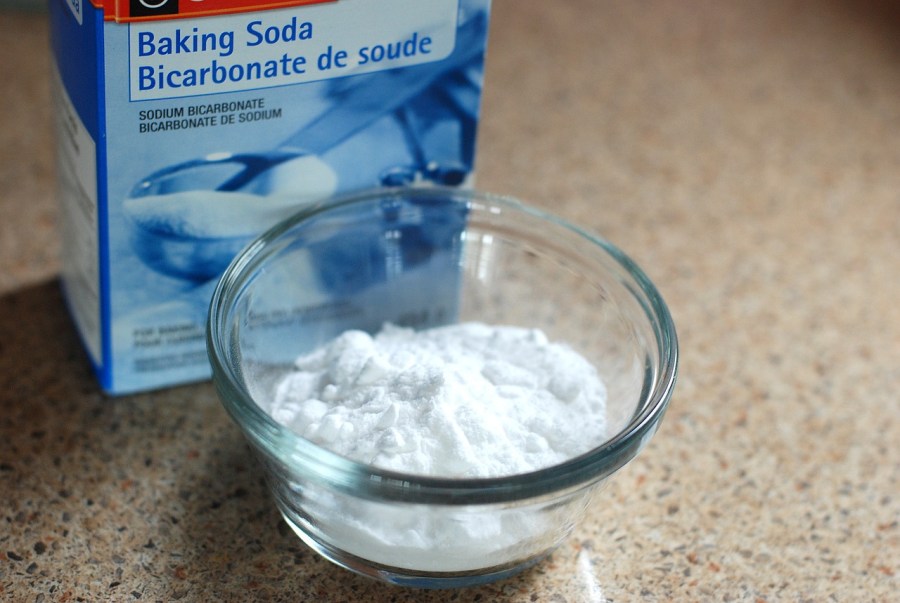
Toothpaste
This home remedy is also said to neutralize the venom. Just dab a bit of toothpaste onto the sting area, and wait to feel the pain relief.
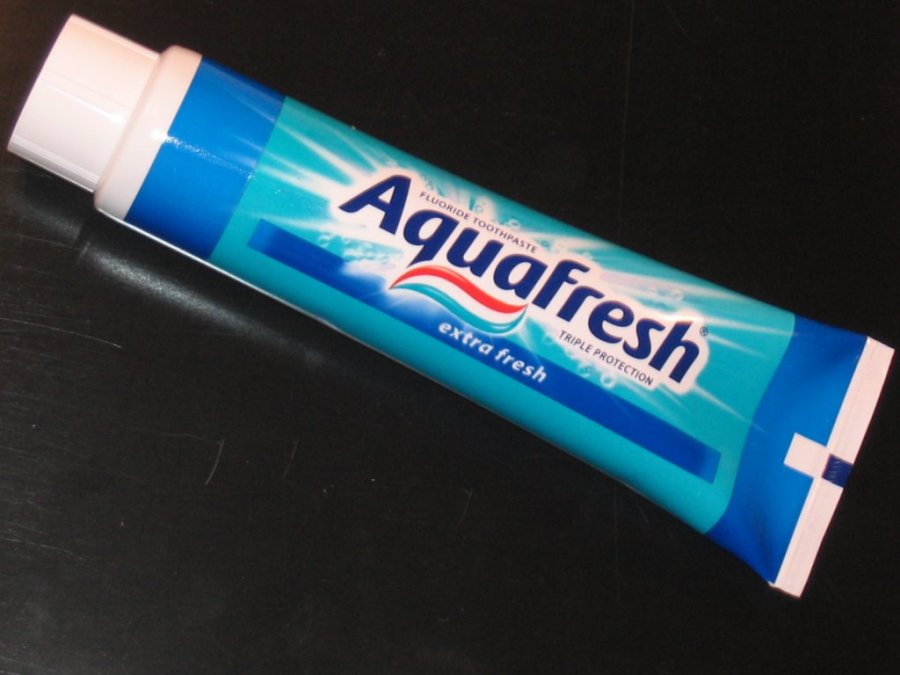
Apple Cider Vinegar
Another home remedy to consider is using apple cider vinegar, which is said to neutralize bee venom. Just soak a piece of cloth in some apple cider vinegar and place it over the sting site.
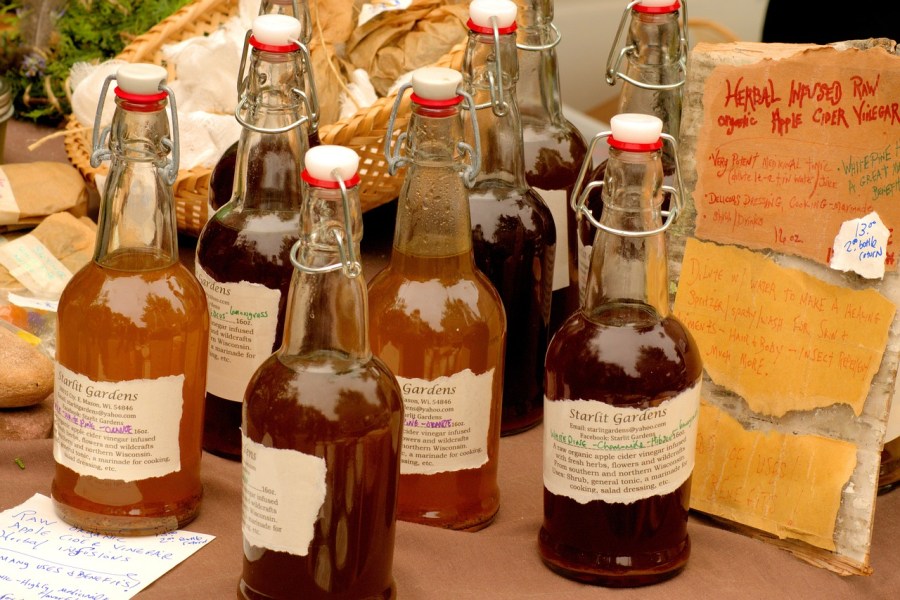
Meat Tenderizer
Meat tenderizer contains an enzyme called papain, which reportedly breaks down the protein responsible for causing itching and pain. Mix one- art meat tenderizer with four parts of water, spread it on the sting area and keep it on there for up to 30 minutes.
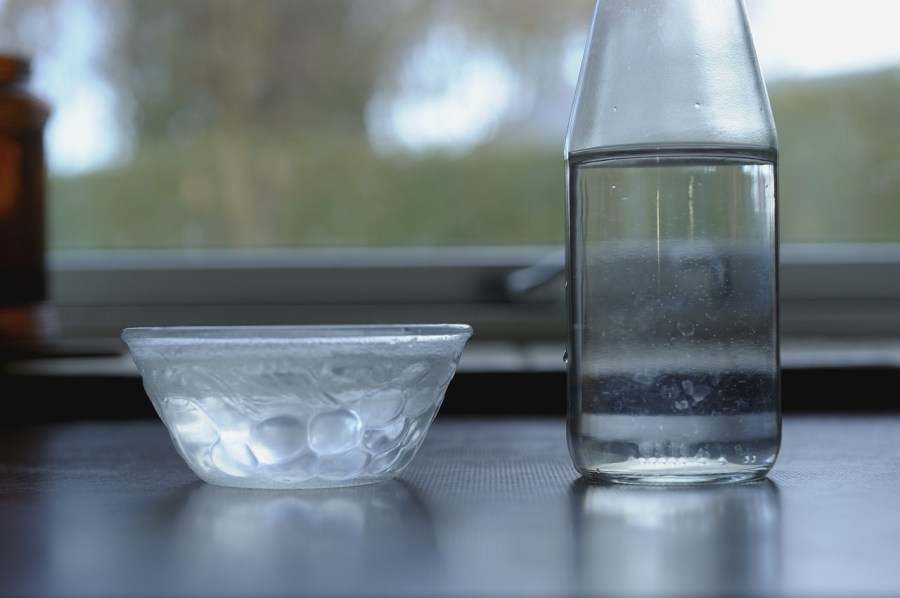
Aloe Vera
Use aloe vera to soothe the skin around the sting and relieve the pain. Either use a ready-made aloe vera gel that you can buy in a drug store, or if you have a plant, break off one of the leaves and squeeze the gel inside onto the sting site.
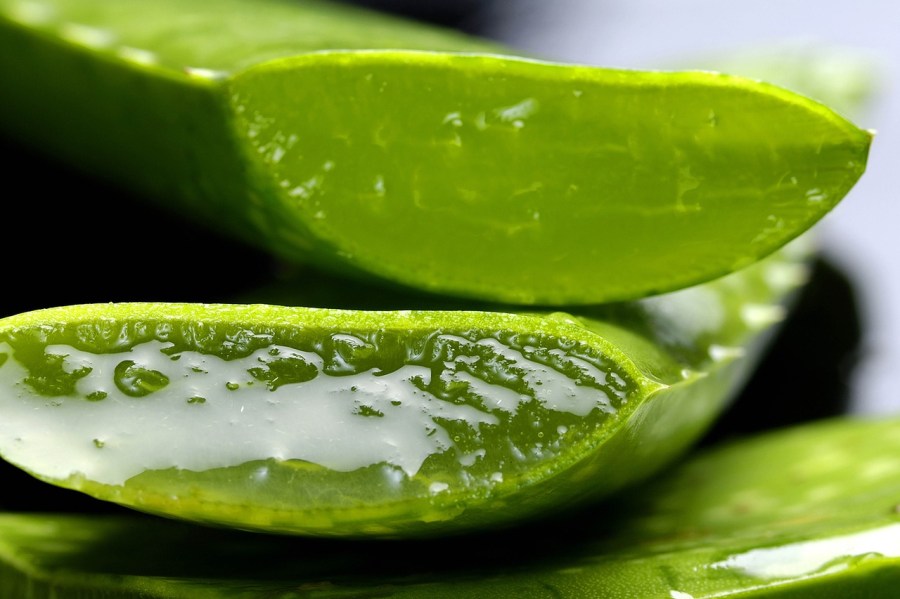
Tea Tree Oil
A good essential oil to use is tea tree oil. This natural antiseptic is ideal for relieving the pain caused by the bee sting. Be sure to mix it with a carrier oil first though, rather than putting it directly on your skin.
Calamine Lotion
Calamine lotion is a good way to reduce the itching, redness and pain caused by a bee sting. Pour some calamine lotion on a cotton pad, and dab it on the affected area.
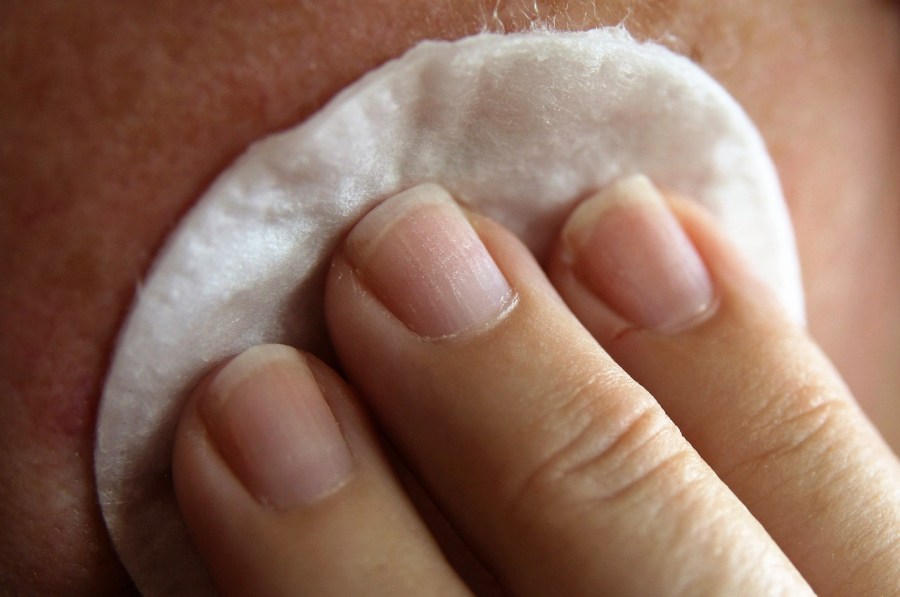
Witch Hazel
Witch hazel is known as an herbal remedy for bee stings and insect bites. Place it directly to the sting site, and it’ll reduce the pain, inflammation and itching.
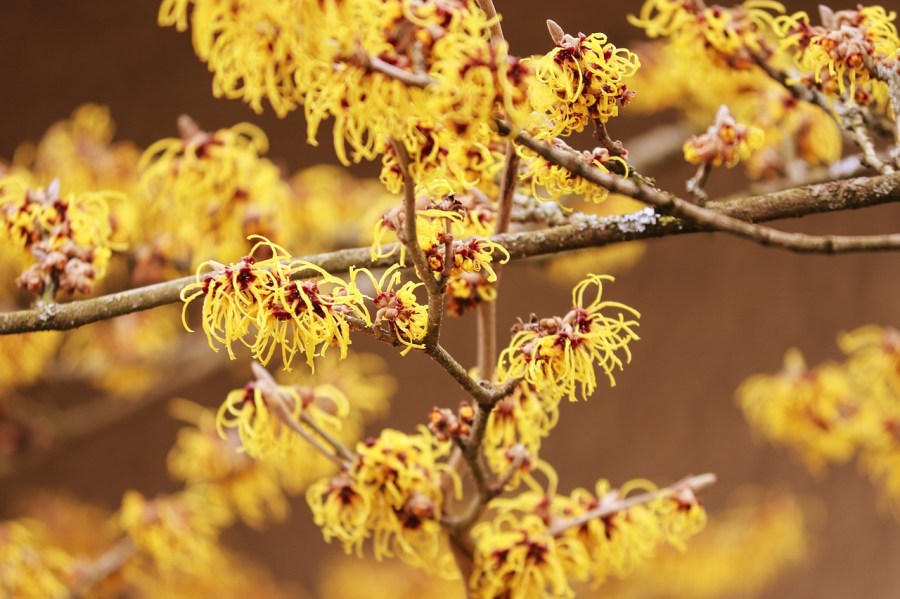
Calendula Cream
Calendula cream is actually a natural antiseptic, which is used to relieve skin irritation and also heal minor wounds. Put the cream onto the sting area, and cover it with a bandage.






